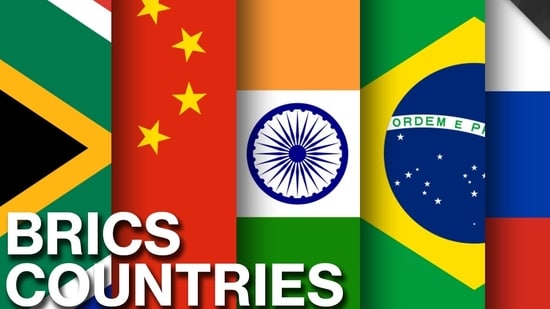Economic growth, trade, human development and emissions in BRIC countries
This study is authored by Sudipta Sen, assistant professor, Jindal School of Banking & Finance; and Avik Sinha, associate professor, Goa Institute of Management
The recent spate of disasters has again brought the issue of global warming to the forefront. Turkey, experienced a temperature of 49.1°C, the highest ever recorded in the country. Belgium, the Netherlands, Switzerland and Germany suffered a weather catastrophe that had turned entire towns into rivers. In China, the city of Zhengzhou experienced a year’s worth of rain in three days. According to WMO, all these disasters are a result of the fact that the earth is 1.1 to 1.3°C warmer than the pre-industrial era.

One of the major indicators of a warmer earth is the concentration of carbon dioxide in the atmosphere. To contain the concentration of carbon dioxide, the Kyoto Protocol was signed with the objective to minimise the damage of global warming and climate change by taking steps to reduce greenhouse gases emissions. Although the BRIC (Brazil, Russia, India, China) countries signed the Kyoto Protocol, environmental concerns still remain due to their growth potential. The World Bank data on carbon dioxide emission shows that BRIC countries emissions increased for these economies for the period from 2011 to 2015, with Brazil growing at 1.15%, Russia 12.6%, India 1.7% and China 6.7% (World Bank, 2015). These four countries, with a combined population of 3 billion people and a GDP of $16tn, will have a huge direct impact on global emissions.
In the light of the growth potential of these countries, a pertinent question is the amount of climate damage these countries may pose, and what policy decisions can be taken to mitigate the impact. In order to answer these questions, in our paper, we examined the causal associations between economic growth, carbon dioxide emissions, human development, and trade volume using simultaneous equation panel data model for BRIC countries. We used structural equations to examine the influence of (i) carbon dioxide emission, trade volume, human development, and other variables on economic growth, (ii) economic growth, trade volume, human development, and other variables on carbon dioxide emissions, (iii) economic growth, carbon dioxide emissions, human development, and other variables on trade volume, and (iv) economic growth, carbon dioxide emissions, trade volume, and other variables on human development.
The main findings of the study indicate that two-way linkage exists between carbon dioxide emissions and economic growth, i.e., on one hand, fossil fuel-driven economic growth causes the carbon dioxide emissions. On the other hand, an increase in the carbon dioxide emissions might create health hazards for the labour force, and consequently, the economic growth is affected. The existence of two-way linkage is found between carbon dioxide emissions-human development, trade volume-human development, economic growth-human development, and carbon dioxide emissions-trade volume. It has also been found that trade volume directly affects the economic growth. Apart from this, the findings also validate the existence of an inverted U-shaped relationship between carbon dioxide emissions and economics growth also known as the Environmental Kuznets curve. It indicates that the carbon dioxide emissions start rising with the economic growth. When economic growth reaches a threshold, rise in the standard of living creates the demand for better environmental quality. This environmental pursuit starts diminishing the level of carbon dioxide emissions.
Policy implications of the study can be put forth based on the directions of the causal associations being established in the study. Presence of an inverted U-shaped relationship between carbon dioxide emissions and economics growth indicates that environmental pressure in the form of ambient air pollution can affect the level of hygienic state of the labour force, and thereby, affecting the economic growth. In order to mitigate this effect, the policymakers should put forth more emphasis on green energy generation initiatives, which can either be developed in-house, or can be imported via technology transfer.
Empirical evidence of the latter can be visualised by the feedback between carbon dioxide emissions and trade volume, and carbon dioxide emissions and human development, respectively. By importing green technologies, the state of hygiene of the labour force can be maintained, and this import need has been generated by the present state of human development in BRIC nations. This has been validated by the feedback between trade volume and human development. Finally, apart from technology transfer, the other forms of trade can boost up the economic growth, by catalysing the FDI spillovers, which is indicated by the unidirectional causal association from trade volume to economic growth.
The study can be accessed here
(This study is authored by Sudipta Sen, assistant professor, Jindal School of Banking & Finance; and Avik Sinha, associate professor, Goa Institute of Management)



